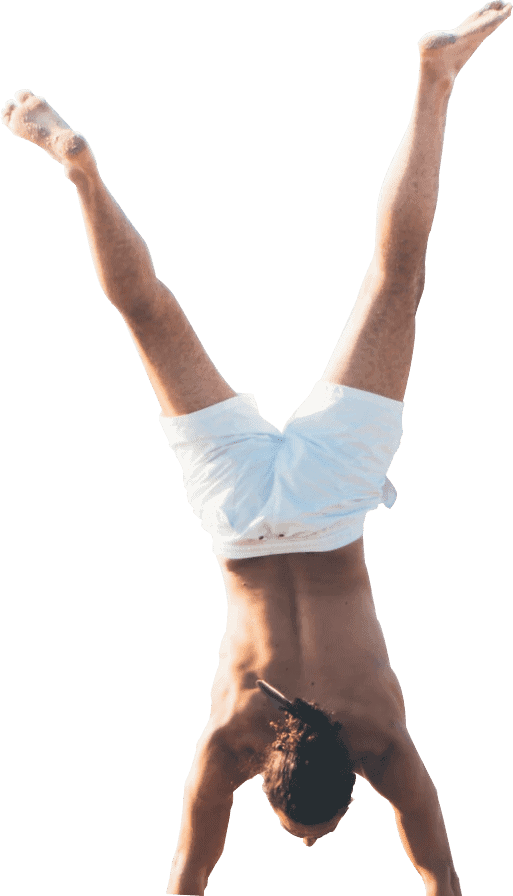Jo Yiannakis
We all hear the term ‘strain’ and ‘sprain’ being thrown around when we injure ourselves. But what really is the difference?
Sprain
A sprain is damage to the ligament (connective tissue that connects bone to bone) when excess force has been put through a joint.
These ligaments support the joint and with damage to them- whether it be mild or severe can disrupt the joints ability to stabilise. This stabilisation is known as ‘proprioception’.
Proprioception retaining is very important after sprain and can be involved in long-term rehab. The ankle is the most common joint to suffer from a sprain, as well as the wrist and thumb.
Strain
A strain is damage to the muscle or tendon (connective tissue connecting the muscle belly to the bone). When the muscle or tendon under go too much loading or a high intensity of stress it can strain or tear. Damage to muscle fibres or tendons cause bleeding and swelling to the area and can be very painful!
Both sprains and strains present with swelling, bruising, pain, reduced movement and poor function. (I.e.: difficulty walking with a strained hamstring or sprained ankle). Both require immediate RICE: Rest, Ice, Compress and Elevate.
Acute injuries generally heal well with this management and physiotherapy intervention to assist with the repair of the damaged tissue and the outline of a rehabilitation and management plan. It is important to seek attention immediately after an injury has occurred so that you may get the best outcome in function, movement and returning to sport or exercise.
Treatment
- Massage (soft and deep tissue)
- Mobilisations
- Ultrasound or Electrotherapy
- Dry Needling
- Taping or strapping
- Home exercise management
- Gradual exercises that are gradually progressed and supervised by your physiotherapist. These may include: stretches, strengthening exercises, proprioception retraining and plyometrics.
The healing of strains and sprains is determined by the severity of the injury, it can take between 6-12 weeks of healing and rehabilitation to get you back to feeling pain free.
